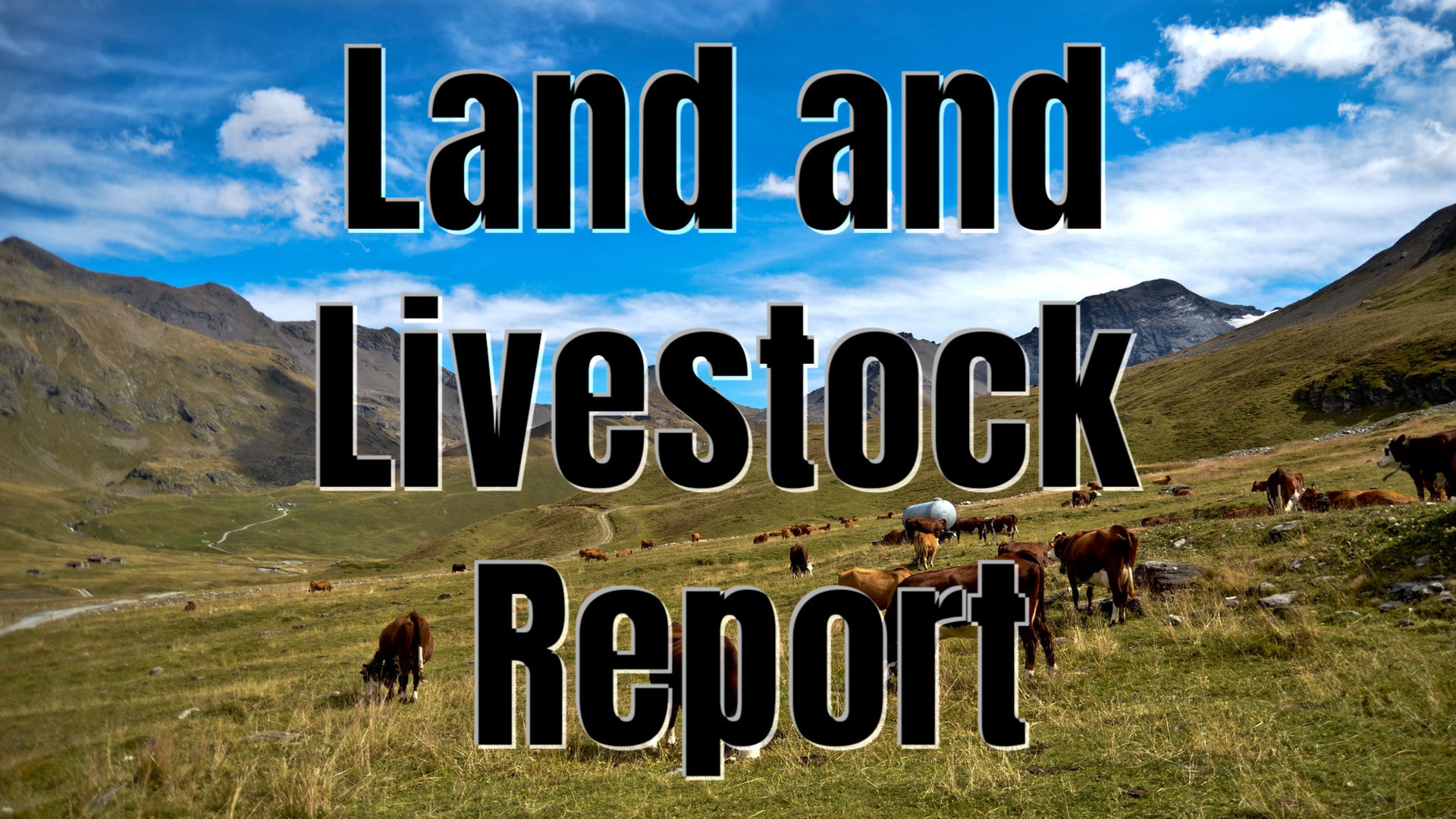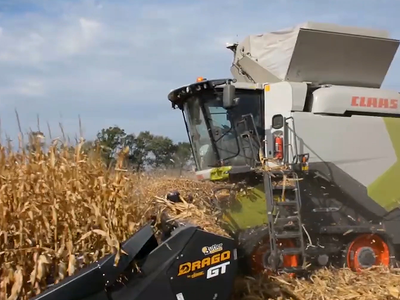Ratio for Calf Mortality
Deer, elk buffalo and other grassland/grazing animals typically don’t have many problems giving birth when compared to the variety of complications domestic cattle and horses experience. I’m Susan Allen welcome to Open Range inviting you to stay tuned for the report. Animals were created to be able to give birth without human assistance yet with domestication came complications. Today horse breeding farms monitor pregnant mares around the clock with high tech video’s cameras and ultrasounds, while most ranchers are ready jump in and offer assistance when a cow is having trouble giving birth. Extreme weather is one of the top reason newborn livestock perish but there is a term called vigor that is an important factor as well. Vigor is why one calf or colt can be up and nursing within minutes and others don’t have the stamina or drive. This can be the result of genetic diseases, and other medical reasons like ulcers,or clostridia. What is an normal survival rate for calving ? Some statistics I came across from a North Dakota Cattle association cited that 3.14 percent of all cows do not get the opportunity to nurse their calves. A 20 year average of calf death loss was 3.57 percent based on cows having claves. These number should skewed lower for the Northwest that lacks the extreme weather conditions. Thus experts in cattle reproduction recommend that producers losing more than three percent calves should really monitor the cause and research solutions.

















